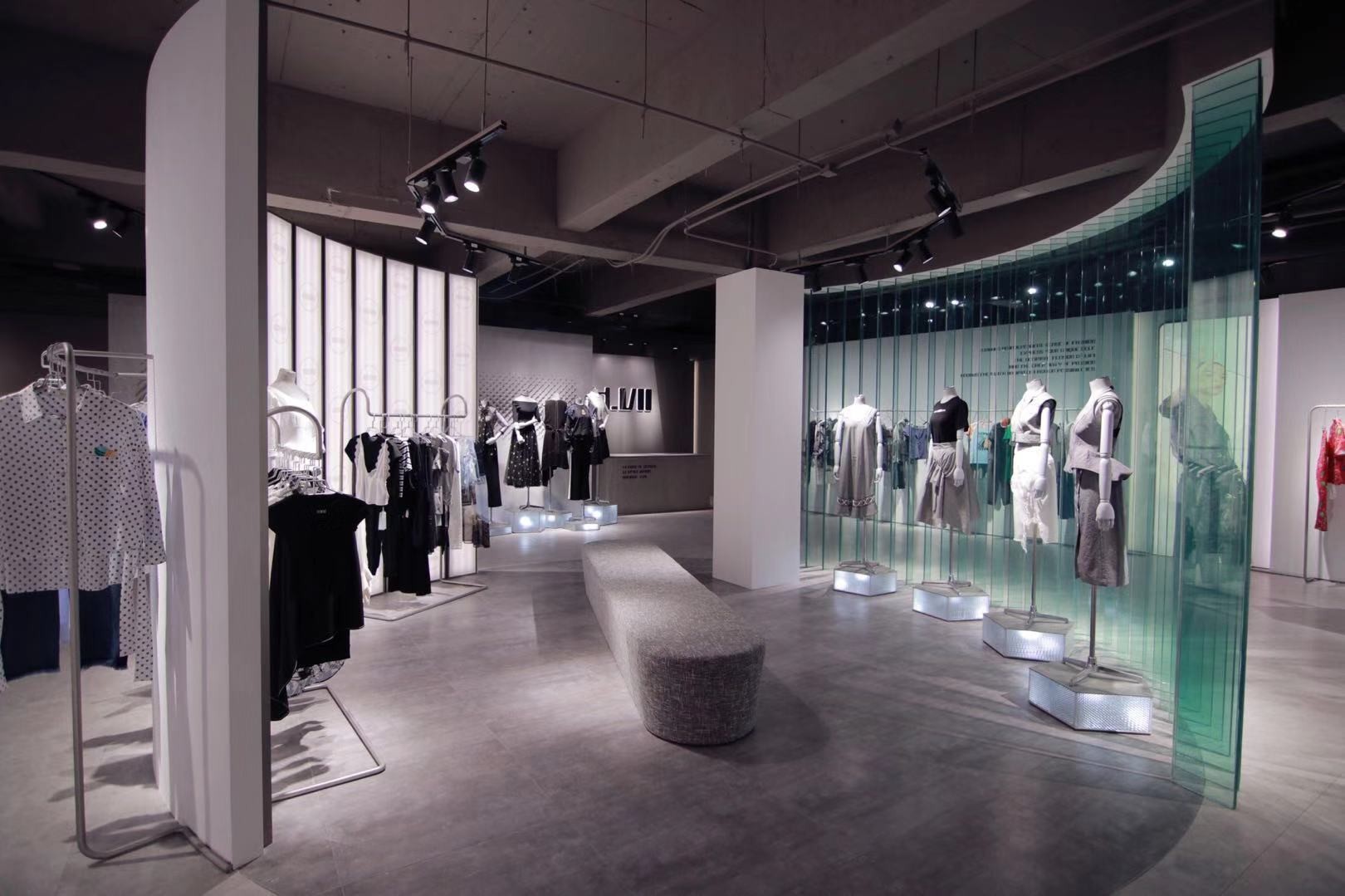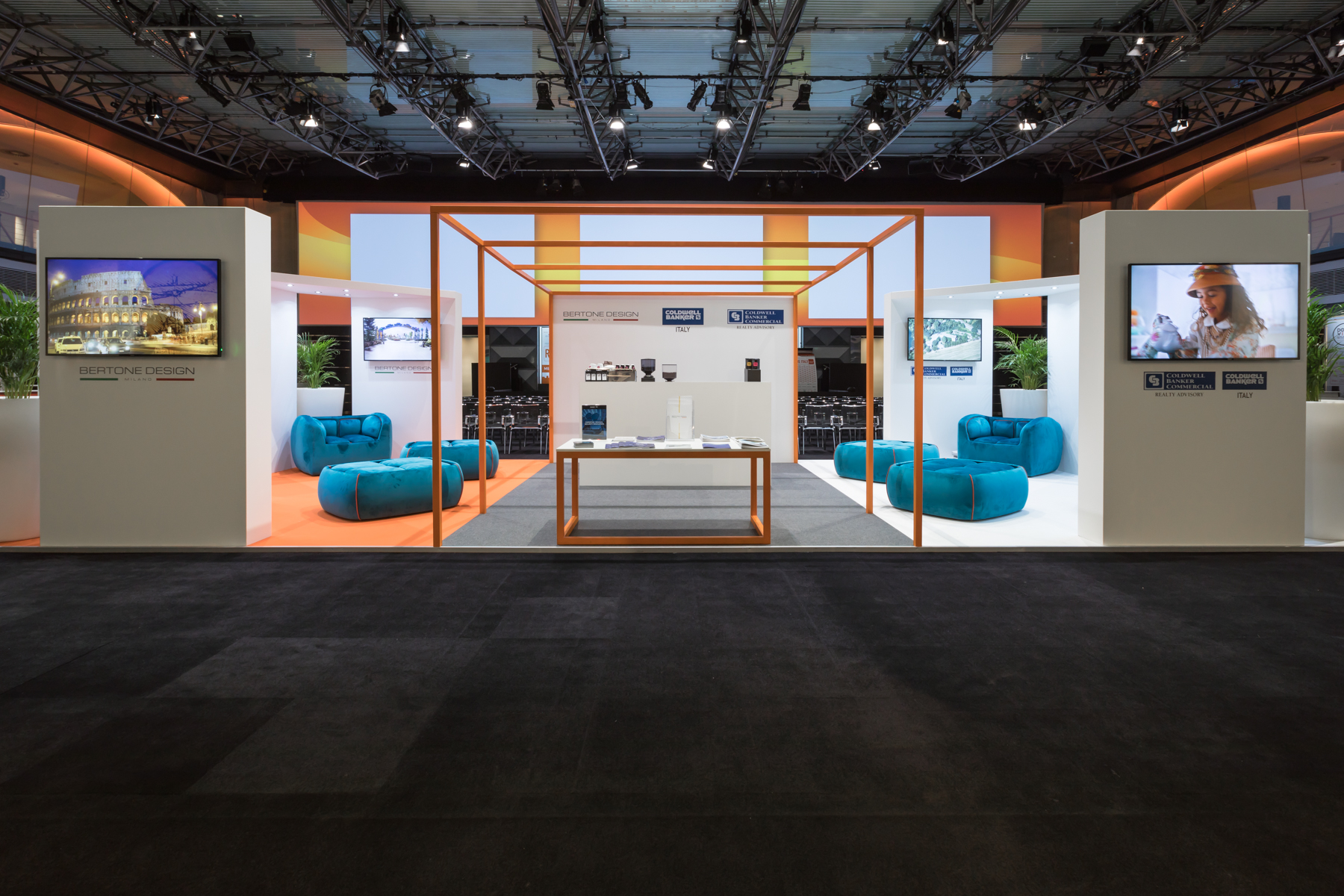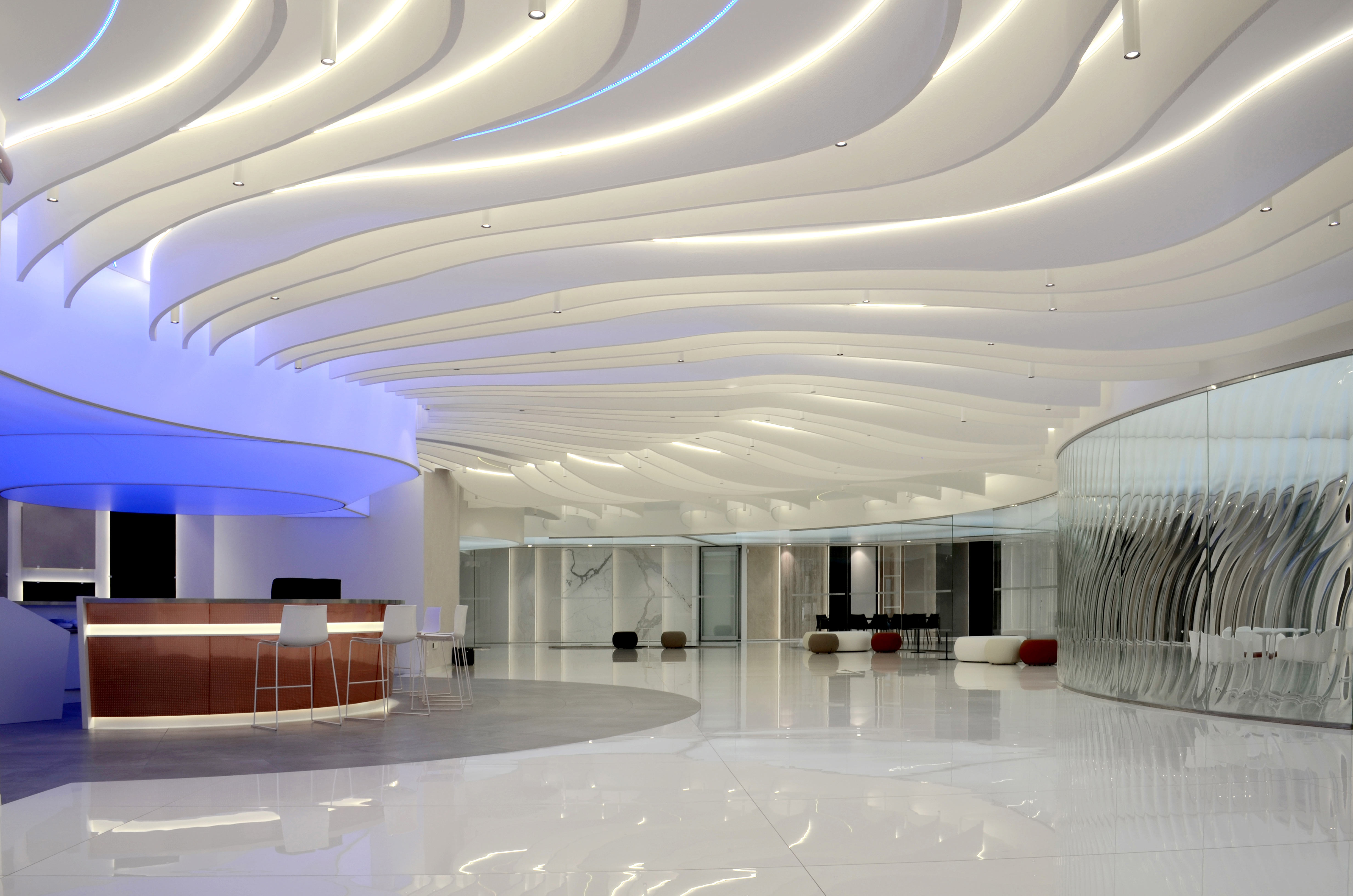

RETAIL & SET-UPS DESIGN: DIFFERENCES AND SIMILARITIES
ENGLISH VERSION BELOW / LA VERSIONE IN INGLESE IN SEGUITO
I settori del retail e degli allestimenti si trovano in continua evoluzione. Ecosoteniblità, l'utilizzo ergonomico degli spazi e l'esperienza multisensoriale hanno acquisito un ruolo chiave nella progettazione.
The retail and Set-ups sectors are constantly evolving. Eco-sustainability, the ergonomic use of spaces and the multisensory experience have acquired a key role in the design of both fields.
di Olga Bocharova
Quando si tratta della progettazione di uno spazio, viene realizzato qualcosa che prima non esisteva: nei settori del Retail e degli allestimenti la progettazione segue delle regole precise che uniscono l’aspetto creativo a quello funzionale. Tuttavia, grazie alle capacità produttive in continuo sviluppo e strumenti di realizzazione sempre più sofisticati, il mondo della creatività applicata agli ambienti con un determinato scopo si avvicina sempre più spesso al mondo artistico.
Un altro aspetto fondamentale per entrambi i settori è quello dell’uso funzionale degli ambienti. La giusta pianificazione dei flussi è la parte essenziale per la progettazione di un punto vendita e ancor di più di uno stand che di norma viene progettato all'interno di strutture più ampie, come, per esempio, i padiglioni fieristici.
In merito alla creatività, essa viene determinata dalla natura scenografica dei progetti, dando così maggiore enfasi al prodotto e maggiore visibilità al brand. L’elemento creativo negli allestimenti è inoltre avvantaggiato dalla relativamente breve vita degli stand: si osa di più. Uno stand svolge la funzione puramente rappresentativa, il che aumenta la necessità di massimizzare l’impatto sul consumatore. Si prediligono forme e oggetti particolari, realizzati ad hoc. La produzione custom, quindi, accresce la possibilità di personalizzazione di ogni oggetto che può assumere le caratteristiche simili a quelli di un’opera d’arte. A livello progettuale, nel mondo degli allestimenti ci sono meno limiti costruttivi, in quanto la natura delle strutture temporanee permette al progettista di sperimentare nuove forme architettoniche, materiali innovativi e soluzioni tecnologiche anche azzardate.


La sostenibilità ecologica e ambientale ha un peso sempre crescente nella progettazione: la tendenza ad usare i materiali riciclabili e facilmente smaltibili, col tempo, si trasformerà in una regola. Questa caratteristica è molto rilevante per il settore degli allestimenti, dove, per la breve durata del progetto, finora esisteva il problema dello smaltimento oppure riuso. Grazie alle continue ricerche, oggigiorno esistono materiali innovativi che permettono di ridurre al minimo l’impatto ecologico. Nei punti vendita invece, oltre all'applicazione dei materiali innovativi, l’utilizzo delle tecnologie multimediali permette una visualizzazione di più contenuti senza il cambiamento dello scenario generale.
When it comes to the design of a space, something that did not exist before is created: in the retail and set-up sectors, design follows precise rules that combine the creative aspect with the functional one. However, thanks to the continuously developing production capacities and increasingly sophisticated production tools, the world of creativity applied to set-ups with a specific purpose is increasingly approaching the artistic world.
But what do the Retail and exhibition sectors have in common and how do they differ? Embodying the identity and character of the brand, both sectors are aimed at creating customer loyalty by offering them an experience that binds them to the values promoted by the brand. Retail 4.0, in which the actions aimed at impressing all 5 senses merge, is very similar to the new concept of set-ups which focuses on the creation of a multisensory experiential path. Plays of light, environments with a particular fragrance, tactile and visual experiences are part of the unusual scenarios intended to communicate positively with the user of the spaces.
Another fundamental aspect for both sectors is the functional use of the environments. The right planning of flows is essential for the design of a store and even more of a stand which is normally designed within larger structures, such as, for example, exhibition halls.
Regarding creativity, it is determined by the scenographic nature of the projects, thus giving greater emphasis to the product and greater visibility to the brand. The creative element in the fittings is also benefited by their relatively short life: designers can risk more. A stand performs the purely representative function, which increases the need to maximize the impact on the consumer. It is preferred use of particular shapes and objects, made ad hoc. Custom production, therefore, increases the possibility of customizing any object that can take on characteristics similar to those of a work of art. At the design level, in the world of set-ups there are fewer construction limits, as the nature of temporary structures allows the designer to experiment with new architectural forms, innovative materials and even challenging technological solutions.




Ecological and environmental sustainability has an ever increasing weight in design: the tendency to use recyclable and easily disposable materials, over time, will become a rule. This feature is very relevant for the set-up sector, where, for the short duration of the project, the problem of disposal or reuse has hitherto existed. Thanks to continuous research, today there are innovative materials that allow to reduce the ecological impact to a minimum. In stores, on the other hand, in addition to the application of innovative materials, the use of multimedia technologies allows viewing more content without changing the general scenario.

